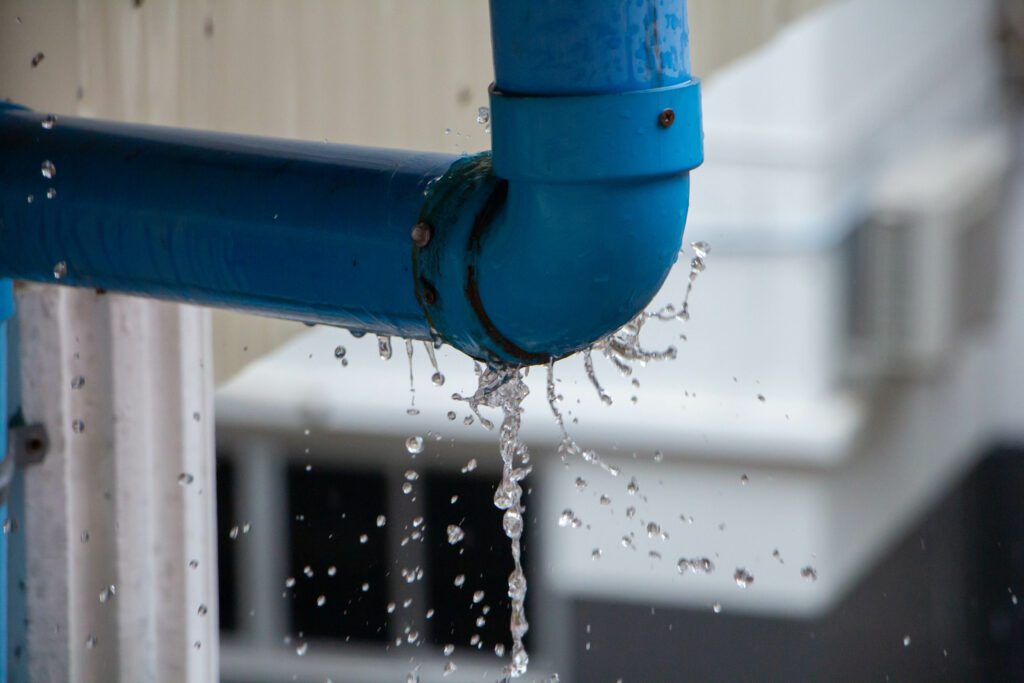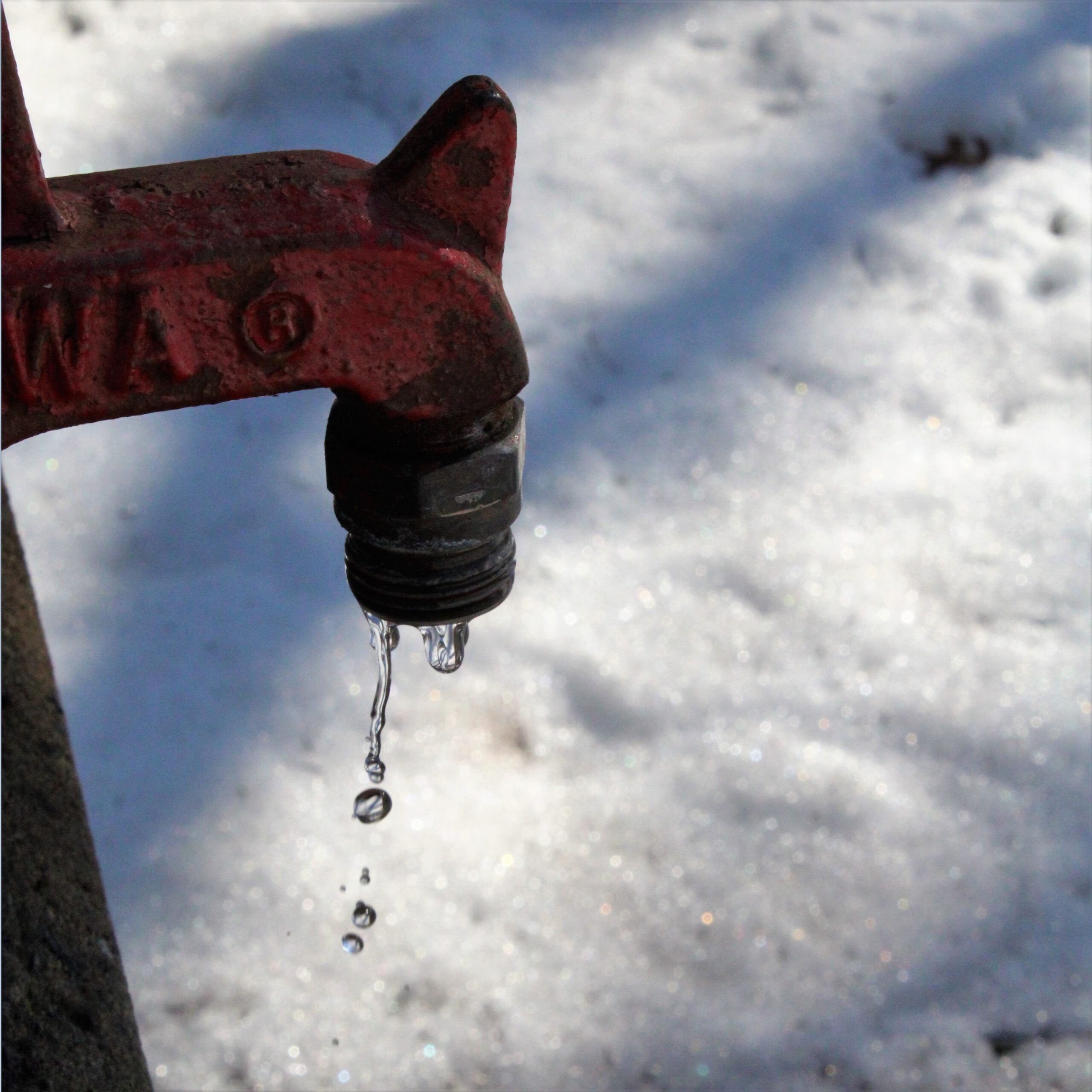While no homeowner wants to deal with water damage, the fact is that the majority of homes will be affected by it at some point. It’s incredibly common, accounting for almost a third of all homeowners insurance claims, according to the Insurance Information Institute. It can be a major pain to deal with, too – on top of dealing with the mess, water damage can lead to many other problems if not handled quickly enough, like stubborn stains, mold and mildew growth, structural damage, and electrical problems, to name a few.
Where the water damage comes from makes a difference in how it should be dealt with. Water from cleaner sources, like a broken water supply line or an overflowing bathtub, will typically contain less bacteria and contaminants than water from broken dishwashers or toilet bowls. As a result, cleaner water is less likely to pose a health hazard and can be handled more easily. Read on to learn how to deal with some common sources of water damage.
Burst Pipe
One of the most prevalent causes of water damage in the home is burst pipes. The first step to take if a pipe has burst is to shut off the water as quickly as possible, to minimize any further water damage. Once the main water valve has been shut off, drain any faucets to relieve pressure on the system, and flush all the toilets. Next you should find the source of the leak, if you haven’t already. At this point, you should call a professional plumber to deal with the burst pipe, and possibly an electrician if the water has damaged your electrical system.
Make sure to take many photos of the leak itself and any damaged areas or belongings for an insurance claim. If possible, turn the water back on momentarily and take a video of the leak as well. Homeowners insurance generally covers “sudden and accidental” water damage, and this often includes burst pipes – however, there is a chance your policy may not cover it depending on the cause. For example, if the pipe froze over because the home wasn’t being properly heated, you may not be covered.

Leaking Roof
Leaky roofs can be very dangerous. Most homeowners are aware of the structural issues they can present, but they can also lead to a number of other problems. Water damage from the leak can lead to the growth of mold and mildew, damage to paint and plaster on the ceiling and walls, damage to ceiling-mounted lights and fans, and higher utility bills from depleted insulation. If there’s electrical wiring in the ceiling, it can also become a fire hazard if the leak causes wires to short out.
When dealing with a leaky roof, move any belongings like furniture out of the way to prevent them from getting damaged by the water. Contain the water as much as possible with buckets and towels. If you see a bulging spot on the ceiling, it’s a sign that water is collecting there. Use a sharp object to puncture it at the lowest point, making sure to be prepared with a bucket underneath to catch the water. It may seem counterintuitive, but if you leave it the water may spread and cause more damage to the ceiling, or erupt on its own and make a larger mess. Contact a professional roofing company, who will be able to repair the leak and assess any other spots on your roof that may pose a risk for future leaks. And once again, remember to document the damage with photos for an insurance claim.
Flood
Floods are devastating events that can wreak havoc on your home and endanger your family. If you’re dealing with the aftermath of a flood, safety should be your first concern. Be sure to avoid moving water and flooded areas; even shallow moving water can sweep you off your feet, and standing water may cause electrocution if there are downed power lines nearby. There’s also a good chance it contains bacteria and chemicals that could be hazardous to your health. Only return to your home when authorities indicate it is safe to do so and be cautious of hidden dangers like damaged foundations. Contact a restoration company like Sole Source Restoration to help with cleanup and repair; professionals will be able to quickly and efficiently deal with the damage, identify and manage any hidden hazards, and help you salvage as many belongings as possible.
While the terms water damage and flood damage are often used interchangeably, they have different meanings in the context of insurance coverage. To qualify as a flood according to the Federal Emergency Management Agency (FEMA), the water must affect 2 or more acres of normally dry land or 2 or more properties, and must be due to overflow of inland or tidal waters, unusual and rapid runoff, mudslides, or land collapse from erosion or undermining. Note that while different types of water damage are often covered by homeowners insurance, flood damage is not, and requires a separate flood insurance policy.
Regardless of the source, Sole Source Restoration can assist with any kind of water damage. Our 24/7 response team will assess the damage and begin repairs as quickly as possible. Contact us today for a free water restoration estimate.


